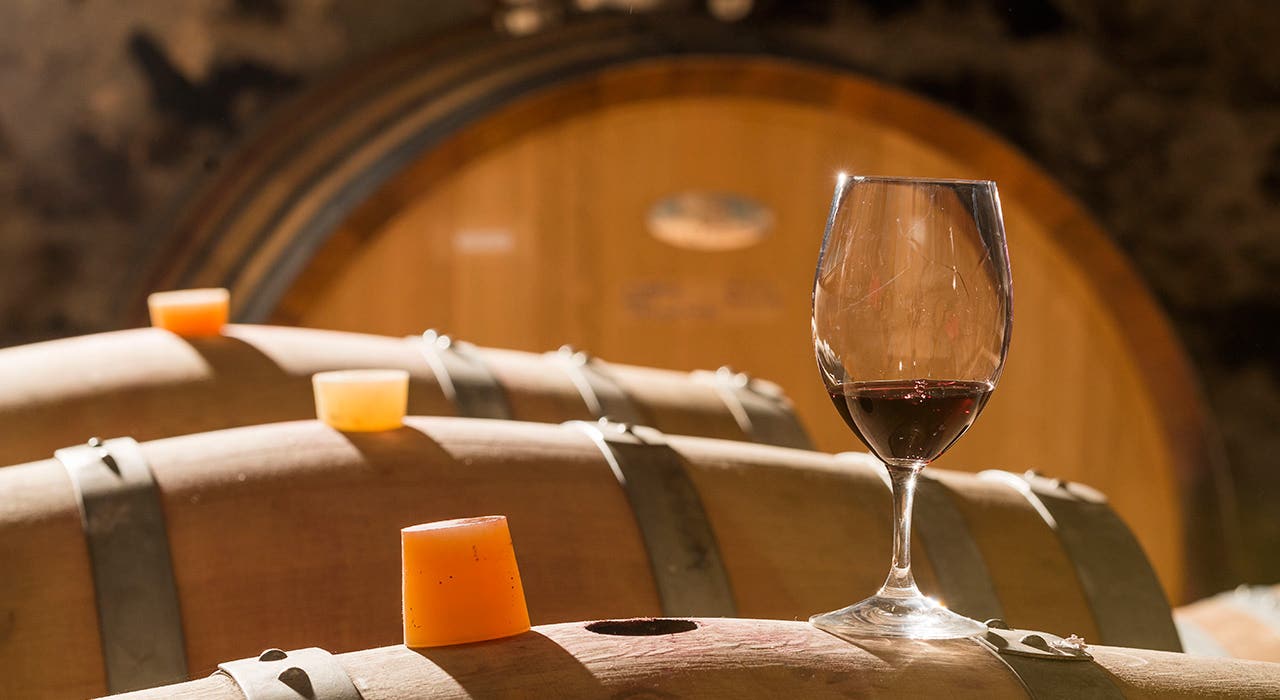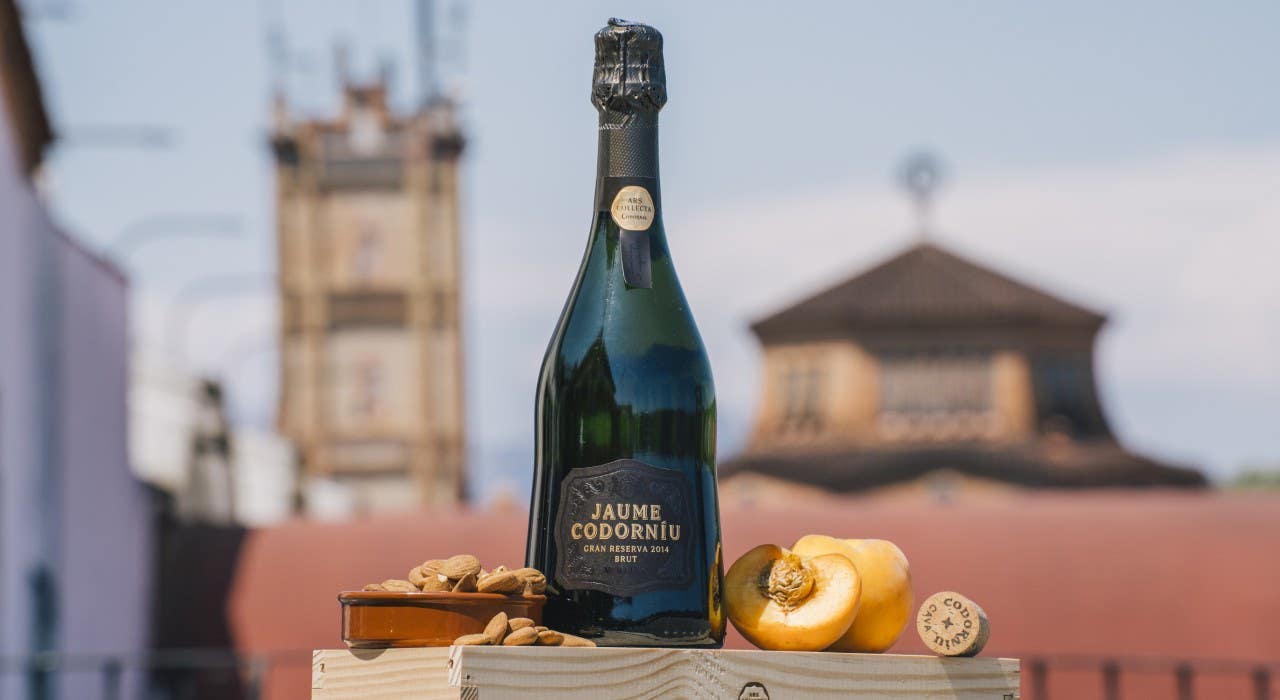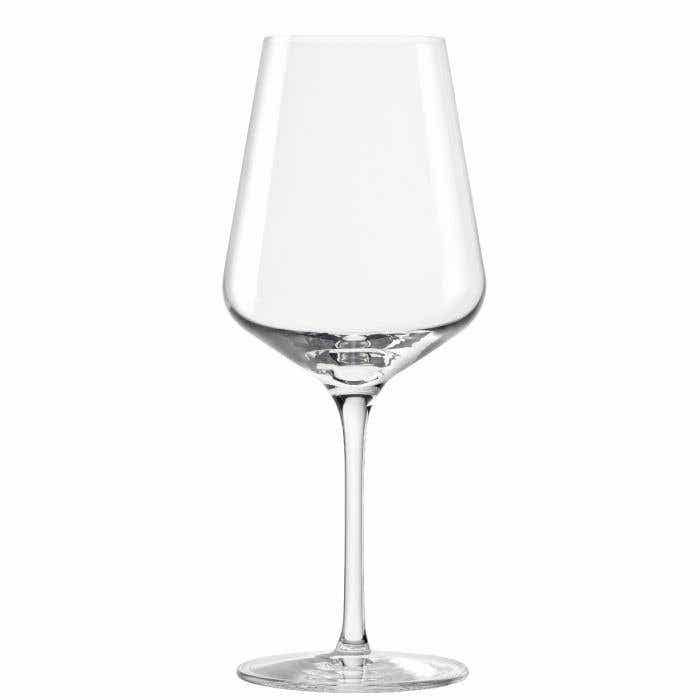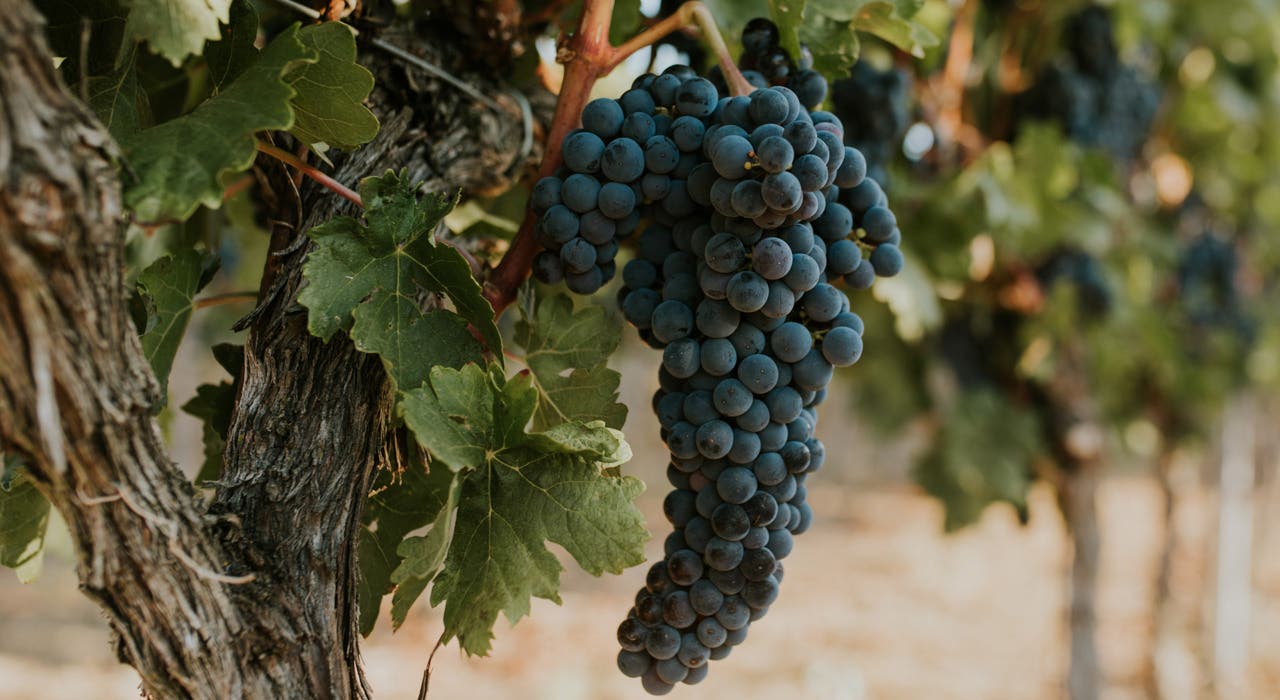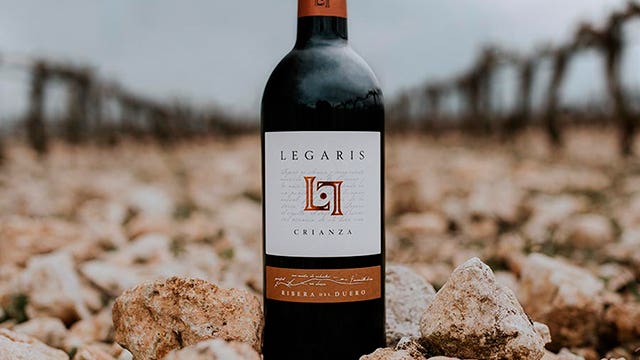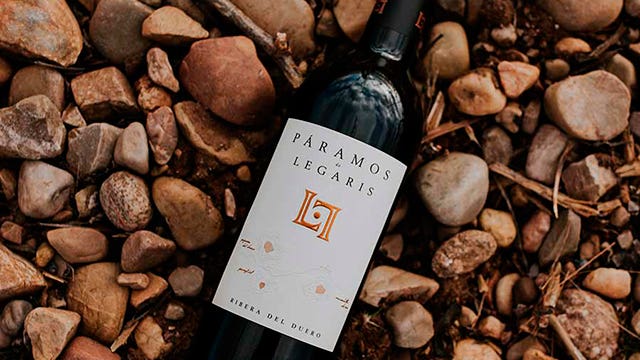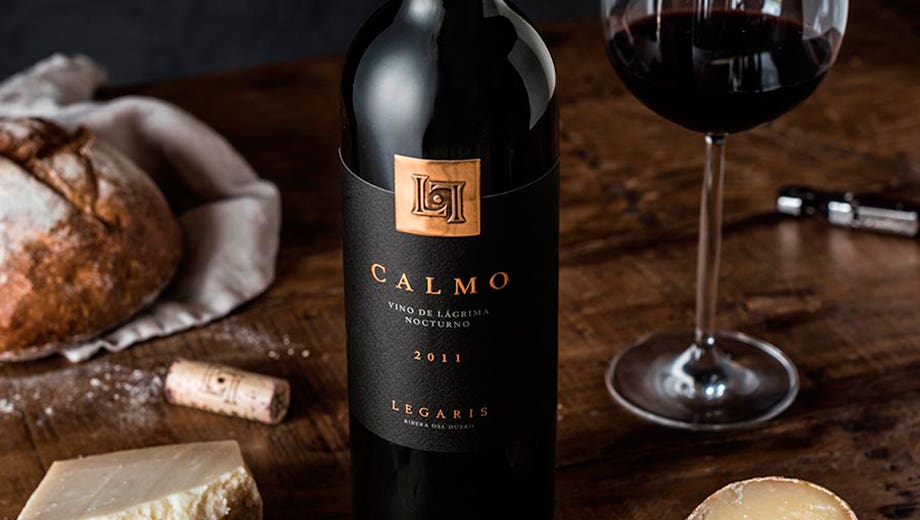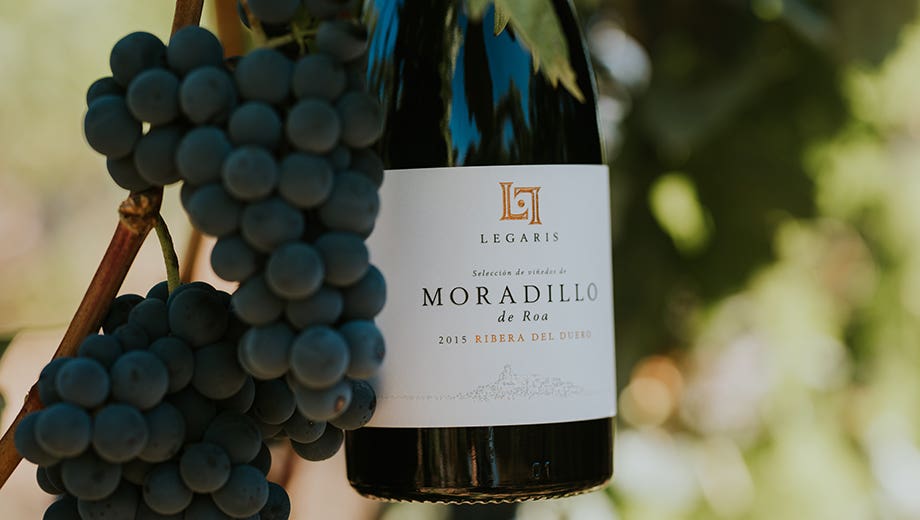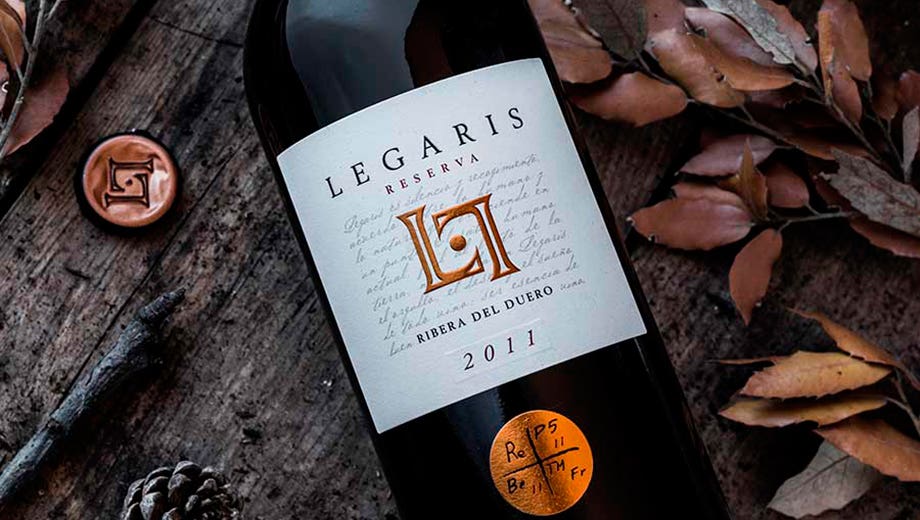Winemaking identity
Today the "gold rush" has passed and more peaceful times are had in this ancestral wine region which occupies a strip measuring 115 kilometers long by 35 wide, following the Douro river basin through four provinces: Soria, Burgos, Segovia, and Valladolid. The calm allows you to better appreciate the enormous heritage value that this land has from a winemaking point of view: of the 24,157 hectares of vineyards that comprise the Designation of Origin, approximately 2,000 are old vines. The region is a real treasure that not even a leader in world winemaking like France has (where the reproduction of clones has spread since the Phylloxera epidemic of the late nineteenth century) and which is fundamental for preserving our winemaking identity in times of globalization.
Quality viticulture
In addition to the heritage value of these old vines, Ribera del Duero region is blessed by climate conditions, soil conditions, and altitudes that are ideal for undertaking quality viticulture.
The vines are rooted in soils made up of layers of silty or clayey sands, with alternating limestone layers and calcareous concretions, at an altitude of 720 and 1,100 meters above sea level. The climate, continental in nature, is extreme – with dry summers, long and severe winters, scarce rains (400-500 average mm/year), and great temperature oscillation (from -20º to 42º C). All this favors the slow and late ripening of the grapes, which are harvested in bunches when they are still small and have thick skin and magnificent health.
The Legaris range, a leading winery of the Ribera del Duero Designation of Origin, allows you to choose from wines aged according to the traditional categories (oak, crianza, reserva), an original signature wine, an award-winning collection of “Vinos de Pueblo” (“Village Wines”), and an exclusive cuvée that is only made when there are exceptional harvests.

